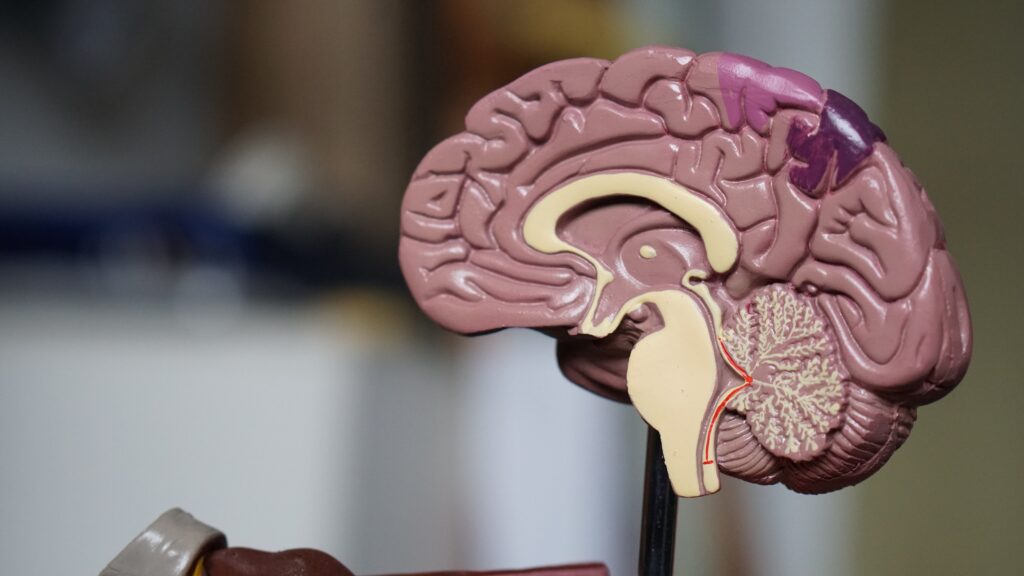
One of the most debilitating ailments for someone is constant knee pain. Yet this chronic condition, a result of ailments such as osteoarthritis, affects many people from many different walks of life. The knee’s cartilage can wear away due to issues like age, wear, injury, or inflammation. The resulting pain makes it impossible for a person to live life to the full, whether it stops them from playing their favorite sport to being unable to walk comfortably.
The good news is that there are various treatments available to reduce this chronic pain in your knee. You also don’t have to think about going under the knife and having surgery, either. The below methods will help with increasing mobility, providing pain relief, and ultimately improving your quality of life.
Stem cell therapy
Stem cells are continuing to become a more prominent treatment solution for many reasons. One of the main reasons is due to the versatility of stem cells. They can be used for various different conditions, including spinal disc issues, nerve injuries, and lung disease. Stem cell research has also led to it being helpful with reducing joint issues – such as chronic knee pain.
In fact, stem cell therapy is showing signs of being the ultimate way to treat knee pain. As damaged cartilage generally doesn’t renew itself, trying to treat arthritis has proven to be a significant challenge. Yet, with the application of stem cells to the damaged knee, it can regenerate cartilage and stop inflammation – ultimately leading to a reduction in pain.
Following stem cell therapy, results have shown that both osteoarthritis and rheumatoid arthritis have improved in patients. This extends to the point where those unable to move freely can make a comfortable return to sport.
Physical therapy
Alleviating knee pain can be helped by using the expert knowledge of a physical therapist. They will first begin by evaluating the way you’re moving and walking around. Following this, they’ll put together a physical therapy program with the aim of improving your current situation.
Even small things, like tackling a flight of stairs or getting up from a chair, can have a detrimental impact on your knees. If a therapist notices you’re overcompensating with your knees for any activities, they will be able to instruct you on how to change your movements for the better.
Their job will also be able to reduce the overall strain on your knees. One way of doing this is by improving the supporting muscles located in your back, core, and hips. When this is done, it will stop your knees from bearing an unnecessary extra load.
Aside from being beneficial for alleviating your knee pain, working with a physical therapist can also improve your overall health.
Weight management
Extending on from the previous point, and if you are carrying a few extra pounds, you can relieve strain on your knees with proper weight management.
Did you know that when walking, your knees are about up to two times your body weight? That number can jump up to five times your body weight with intense bending and walking up or downstairs. As a result, you don’t have to be morbidly obese for excess body weight to have a side effect on your knees. Even a small bodyweight increase can accelerate knee pain.
However, trying to attempt weight management can be difficult if you’re already afflicted by a knee injury. The good news is that, even though certain exercise options might be off the table, there are other methods to effectively lose weight with limited exercise. A healthy diet is obviously the most important approach to take.
Low-impact exercise
Yes, certain exercises are out of bounds. Yes, when pain is experienced, it’s natural to avoid moving your affected knee joint. However, exercise can be a great help in alleviating the pain, and it’s often recommended as the first step in treating knee arthritis. It’s just important you pick the right exercises – otherwise, it could lead to further damage.
In that regard, low-impact aerobic exercises should be part of your routine. As for what quantifies as “low-impact”, this is an exercise that doesn’t place unnecessary strain on your knee joints. Examples include swimming and cycling. By performing such activities three to four times a week, 30 minutes at a time, this can help to improve muscle endurance, enhance knee function, and reduce pain.
If you’re not comfortable with leaving the house to cycle or swim, there are various exercises you can perform at home to help with relieving knee pain. Gentle strengthening and stretching exercises, when performed on a regular basis over a sustained period of time, have the ability to drastically improve your knee condition. Recommended exercises include:
- Heel and calf stretch
- Hamstring stretch
- Quadriceps stretch
- Leg extensions
- Hamstring curl
- Calf raises
- Half squat
- Straight/side/prone leg raises
Before starting any exercise program aimed at alleviating knee pain, discuss it with your physical therapist or doctor. They will be able to advise you if the exercises are safe for your situation.
A modification in activity
In the same way, switching to low-impact exercises can help, simply modifying your activity can place less pressure on your knees. Below are some of the activities known for placing the most strain on the knees:
- Running
- Squatting down
- Going up and down stairs
- Sports with quick changes of direction (soccer, basketball, football, etc.)
- Climbing ladders
Some of these activities are easier to avoid than others. However, the likes of climbing stairs and sitting down are regular daily activities. Yet if they are leading to a flare-up in knee pain, it’s important you search for alternative methods to perform these activities.
For example, when it comes to your stairs at home, there are alternative solutions to walking up or down them. Stairlifts are a popular option, where you simply sit down and have the device transport you up or down the stairs. There’s even the possibility of installing a lift into your home, while a ramp can help for any areas where there are minimal – yet still troublesome – stairs.
Going back to physical therapists, they will be able to provide educated knowledge in how to modify any activities which are placing stress on your knees. Optimizing performance with these activities, even if it’s just a better way to sit down, can help ease knee pain significantly.
Knee support devices
While it won’t provide an immediate fix, an instant improvement in stability can be supplied in the form of a knee brace. Knee braces are designed with the intention of supporting knees and ensuring an imbalance in force doesn’t negatively affect the joint. A brace can feel somewhat restrictive when worn, yet this restriction also helps with ensuring you don’t overly strain your injured knee.
Along with a knee brace, you may also feel it’s beneficial to use assistive devices. Whether it’s a walker or cane, these assistive devices allow you to dictate your body’s center of gravity. By doing this, you can transfer more weight onto your unaffected side, reducing the strain on your affected joint as a result. Furthermore, assistive devices lower the potential of falling if your knee was to give out.
Medication
As you would expect, one of the best ways to treat constant knee pain is with the use of appropriate medication. In that sense, there are various options you can go with, some more proven than others in easing joint pain.
Your first port of call should be non-steroidal anti-inflammatory drugs (NSAIDs). Common NSAIDs include ibuprofen and naproxen, both of which are available over-the-counter, and meloxicam and celecoxib, prescription-only drugs. These medications possess a lot of supporting evidence they can improve symptoms of knee pain with the reduction of inflammation. NSAIDs are recommended to be taken before or after any activities you anticipate will increase your knee pain. Due to the potential risk of side effects, it’s also important you try and avoid using NSAIDs regularly over a sustained period of time.
Alternative medication can be rub-on painkillers. While there’s no evidence to suggest rub-on treatments perform better than oral ones, one added benefit is there’s less chance of any side effects occurring. Acetaminophen is also an option. Even though studies have concluded acetaminophen is not as effective as NSAIDs for knee arthritis, it can still be a useful tool in your battle for pain relief. This is especially the case when it’s possible to be taken in combination with NSAIDs.
Of course, before you decide to take any medication, it’s important you discuss with your doctor which option is best for you.
Injections
Another medical treatment is to corticosteroid injections. Also known as steroid injections and cortisone injections, these injections are done directly into the affected knee joint. As an anti-inflammatory medication, cortisone helps with reducing acute aggravation and can supply short-term pain relief in the joint.
However, these injections are limited in their effectiveness. Unlike stem cell therapy, it cannot restore cartilage or reverse the damage caused. Corticosteroid injections are also known for being largely ineffective in dealing with advanced forms of arthritis or chronic knee pain.

